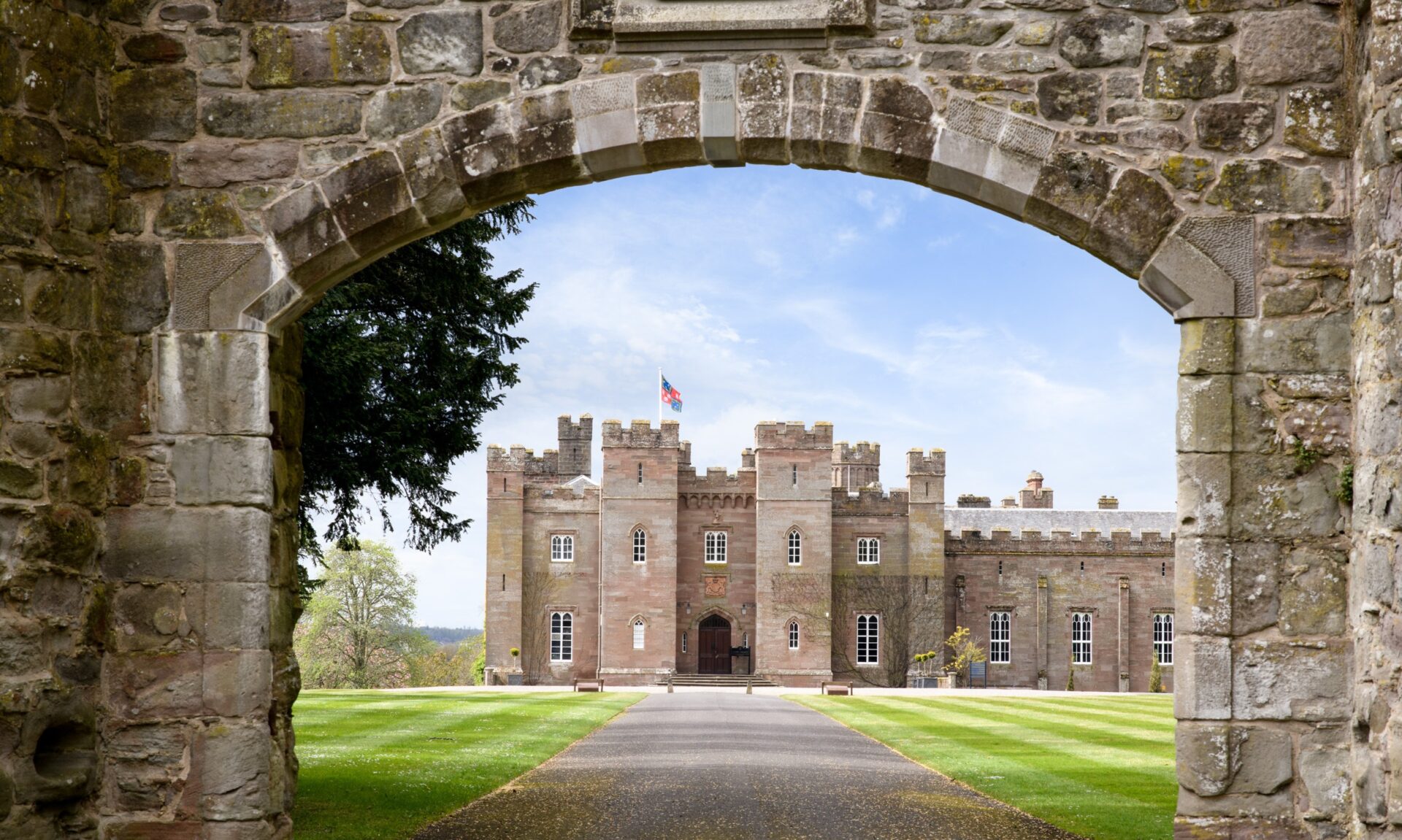There are few games that have an innate charm like the ancient Scottish sport of Curling. A sport that relies solely on the whims of winter, it has an unpredictability about it that can both delight and disappoint.
There are few games that have an innate charm like the ancient Scottish sport of Curling. A sport that relies solely on the whims of winter, it has an unpredictability about it that can both delight and disappoint. Photographic vignettes of rural folk, gathered on ponds of ice under a low wintry sun may be fading around the edges, but this endearingly quirky game is still firmly rooted in the hearts of Scots. The tweed plus fours, woollen tams and brushes may have long been demoted to the lost property box of history, and replaced with more technical kits and equipment, but the simplicity and innocence of the game lives on, albeit with a renewed competitive drive.
There has been some debate in recent years as to whether Curling did originate in Scotland. It is possible that similar ice-born games were played in other cold climate countries, but it is widely recognised that the first official rules, and therefore the identifiable structure of the game, were formalised by the Grand Caledonian Curling Society in 1838. But others would argue that as the curling stone originated from Scotland, the earliest stone dating from 1511 and now housed in the Stirling Smith Museum, it would be fair to assume that Scotland can rightfully claim the origins of the game.
Although there are early graphic records hinting at similar games being played in Northern Europe at the same time - the paintings ‘Winter Landscape with Skaters and a Bird Trap’ and ‘Hunters in the Snow’ by Dutch master Pieter Bruegel both depict versions of the game - there is little doubt that the first documented evidence of curling can be found here in Scotland in 1541, when John McQuhin is recorded as having thrown stones across a stretch of ice between a monk and a relative of the abbot at Paisley Abbey.
By the end of the 18th century, curling had grown considerably in popularity and was now being played widely throughout the lowlands of Scotland. In Sir John Sinclair’s Statistical Account of Scotland (1781-1799), the Reverend John Shepherd, an Ayrshire minister wrote:
‘Their chief amusement in winter is curling, or playing stones on smooth ice. They eagerly vie with one another who shall come nearest the mark, and one part of the parish against another, one description of men against another, one trade or occupation against another, and often one whole parish against another, - earnestly contend for the palm…Those accustomed to this amusement, or that have acquired dexterity in the game, are extremely fond of it. The amusement itself is healthful; it is innocent; it does nobody harm; let them enjoy it’.
However, as the game crossed into the next century, it had become so far-reaching and popular, the need arose for a national club, one which would draw together all the variations of the game being played across the country, and formalise them into an official set of rules. And so, in 1838, the Grand Caledonian Curling Club was instituted and set about regulating the play, which sparked an increased desirability and enthusiasm for the ‘Roaring Game’. The new ‘general laws’, which served to keep the game in check, favoured the four by two formation, and by the early 1860s, this formation had superseded all previous ones. In the last decades of the 19th century, every county across Scotland had at least one officially affiliated club, with most parishes establishing their own custom-made curling ponds.
Across from the River Tay, a short way along the Stormontfield Road, is the old parish curling pond of Scone. You would be forgiven for driving past it. Time has blurred the edges and eroded the clarity of the water. Today it resembles a wild wetland, with a dense mass of gold and russet reeds rising up from the motionless water. Once alive with the sounds of vying voices and the hurried strokes of wood on ice, the pond now tranquilly rests, fading back into its surroundings.
But the events that took place upon it have not been lost forever. Within Scone Palace is a fascinating collection of historical memorabilia dating from the late 19th century. Leather bound score books and gilt-edged annuals have been lovingly stored in boxes along with an array of medals, most of which are beautifully preserved in their original cases. Looking through the collection, you are immediately captivated by how successful the Mansfield family and the estate workers were at curling. Like so many country-based sports, it was a classless pursuit. Everyone joined in from the Earl to the groundsmen. They played widely across the county, competing against clubs from Fingask, Dunning, Blairgowrie, Dunblane and Glendoick. In an article from the Perthshire Advertiser dated Thursday, 10th January 1861, we are given a glimpse into the game and a description of the old pond:
‘On Monday, the 3d instant, three rinks, of four players each, from the Fingask Club, met an equal number from the Lynedoch Club on the Earl of Mansfield’s splendid natural pond at Scone to compete for a Royal Club medal. The day was the finest, and the ice clean and clear, and after 3 hours’ excellent play on both sides, the Fingask Club were found to have scored 10 points over their opponents.’
The many boxes of district medals, respectfully and fondly stored in wooden caskets at Scone, show a passion and a prowess for the sport. Each medal is exquisitely engraved, depicting an idyllic rural curling scene etched on one side and displaying the words ‘Royal Caledonian Curling Club. Instituted 25 July 1838’ on the reverse.
The Royal Caledonian Curling Club is one of Scotland’s oldest sporting bodies, advocating the inter-parish games and providing the medals for the players. The matches grew in popularity and would attract swathes of spectators. These gatherings became known as ‘Bonspiels’. But the promotion of the organisation from the Grand Caledonian to the Royal Caledonian Curling Club is due, in most part, to the gracious hospitality of the 4th Earl of Mansfield.
The 4th Earl was a passionate curler who regularly championed the sport; although it should be noted that he didn’t actually invent curling, as was suggested by a BBC commentator during coverage of the PyeongChang Games in 2018! However, he was president of the Scone and Perth club, which was one of the first to register with the newly formed Grand Caledonian Curling Club in 1838. Four years later in 1842, he would assume the role of President after being elected in a ‘Meeting of Representatives’ in London. In August of that same year, a notable meeting of the club was convened in Edinburgh to discuss the upcoming visit of Queen Victoria and Prince Albert to Scotland. Although Lord Mansfield was not present at the meeting, it was agreed by his fellow club members that, ‘It would be a distinguished favour if his Royal Highness Prince Albert would honour them by becoming Patron of the Club’. The Secretary, George Ritchie, was instructed to inform Lord Mansfield of their request, asking that his Lordship, ‘would use his influence during the Royal Visit, to procure for them the honour which they were so desirous to obtain’. The letter concludes with, ‘The Meeting consider themselves peculiarly fortunate in having as their President a Nobleman whose rank and character will guarantee the respectability of the Association, while his zeal and enthusiasm as a Curler cannot fail to recommend it to the favourable notice of his Royal Highness’.
When visitors come to Scone Palace, guides take great pleasure in relaying the story of how, on 7th September 1842, the 4th Earl of Mansfield gave a curling demonstration to the royal party on the wooden floor of the Long Gallery. An account of this in the Club Annual of 1842-43 describes how, ‘the polished oaken floor of the room was summarily converted into a ‘rink’ and the Stones were sent ‘roaring’ along it’s smooth and even surface.’ In addition to the demonstration, the Earl also presented Prince Albert with, ‘a splendid pair of Curling Stones, made of finest Ailsa Craig granite’.
As a result of this visit, and the care bestowed on the royal party by the 4th Earl, Prince Albert did indeed become Patron of the club, which was confirmed in a letter from Lord Mansfield to the Secretary on September 19th, eleven days after the royal visit. He wrote, ‘I have it in command from his Royal Highness to express to the Club his Royal Highness’ gratification at this mark of their respectable attention to him; and I have also to inform you that his Royal Highness has been so kind as to consent to become the Patron of the Grand Caledonian Curling Club’. From this point the club would be elevated to the Royal Caledonian Curling Club.
And curling continues to have a legacy here at Scone Palace. The old wooden brushes from generations long since passed may be ceremoniously framing the doorways, but the younger generation are breathing new life into the game. Mili Smith, who played as an alternate on Eve Muirhead’s team once worked here, in the place where curling became recognised as a sport worthy of royal representation and patronage. The GB team brought home a gold medal from the 2022 Beijing Olympics, contributing to the impressive medal haul GB has accumulated in the winter sport since it became an official fixture in the 1998 Winter Games in Japan.
And what is the reason behind this continued success? Is it because we took this once primitive game so unequivocally into our hearts? Or is it simply in our genetic make-up? Whatever the reason, there is little doubt that the ancient sport of curling is imbedded in our culture and identity, and has been so for hundreds of years.
Other News
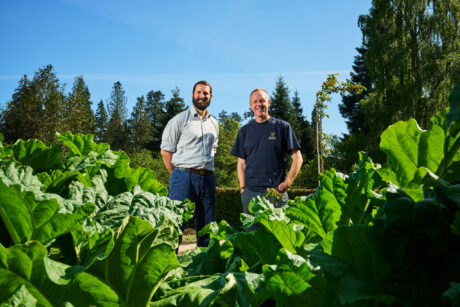
Garden Lovers Invited to Vote in UK First at Scone Palace Garden Fair
14th May 2025
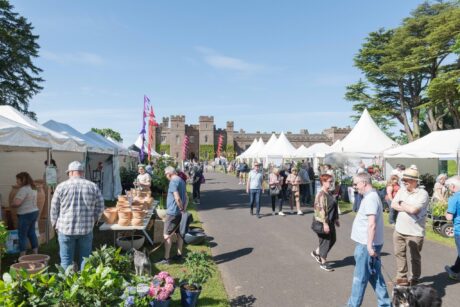
Top Five Must Do Activities at Scone Palace Garden Fair
13th May 2025
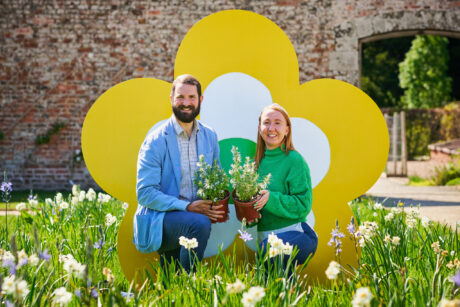
Dobbies Garden Centres Joins the Scone Palace Garden Fair
12th May 2025
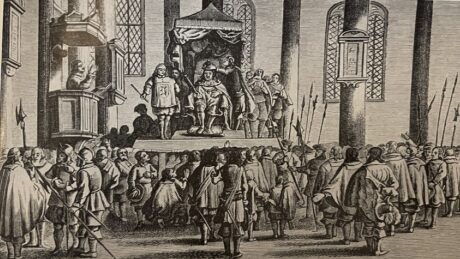
The Crowning Place of Scottish Kings
04th May 2023
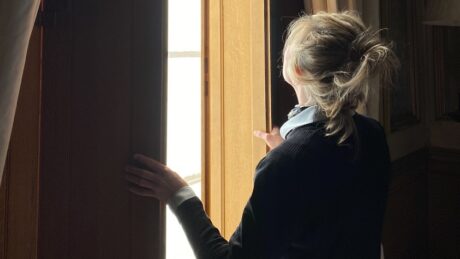
The Palace Awaits
29th March 2023
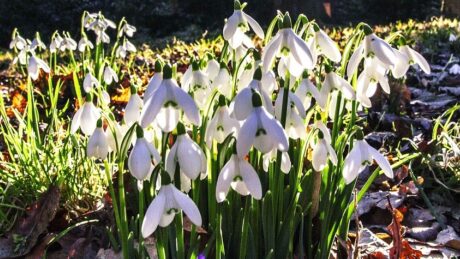
Snowdrop Festival
26th January 2023
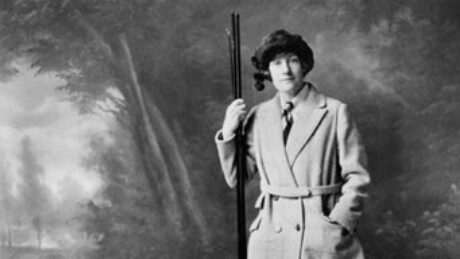
Georgina Ballantine’s Giant Catch
14th October 2022

Man's Best Friend
01st September 2022
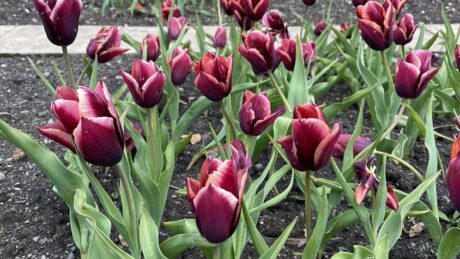
British Cut Flowers Week & The Garden Fair
05th July 2022
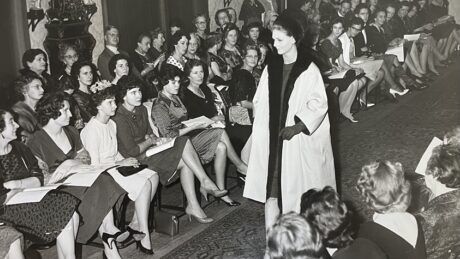
Scotland, Scone and Fashion
01st June 2022
